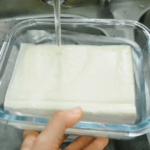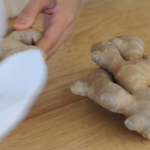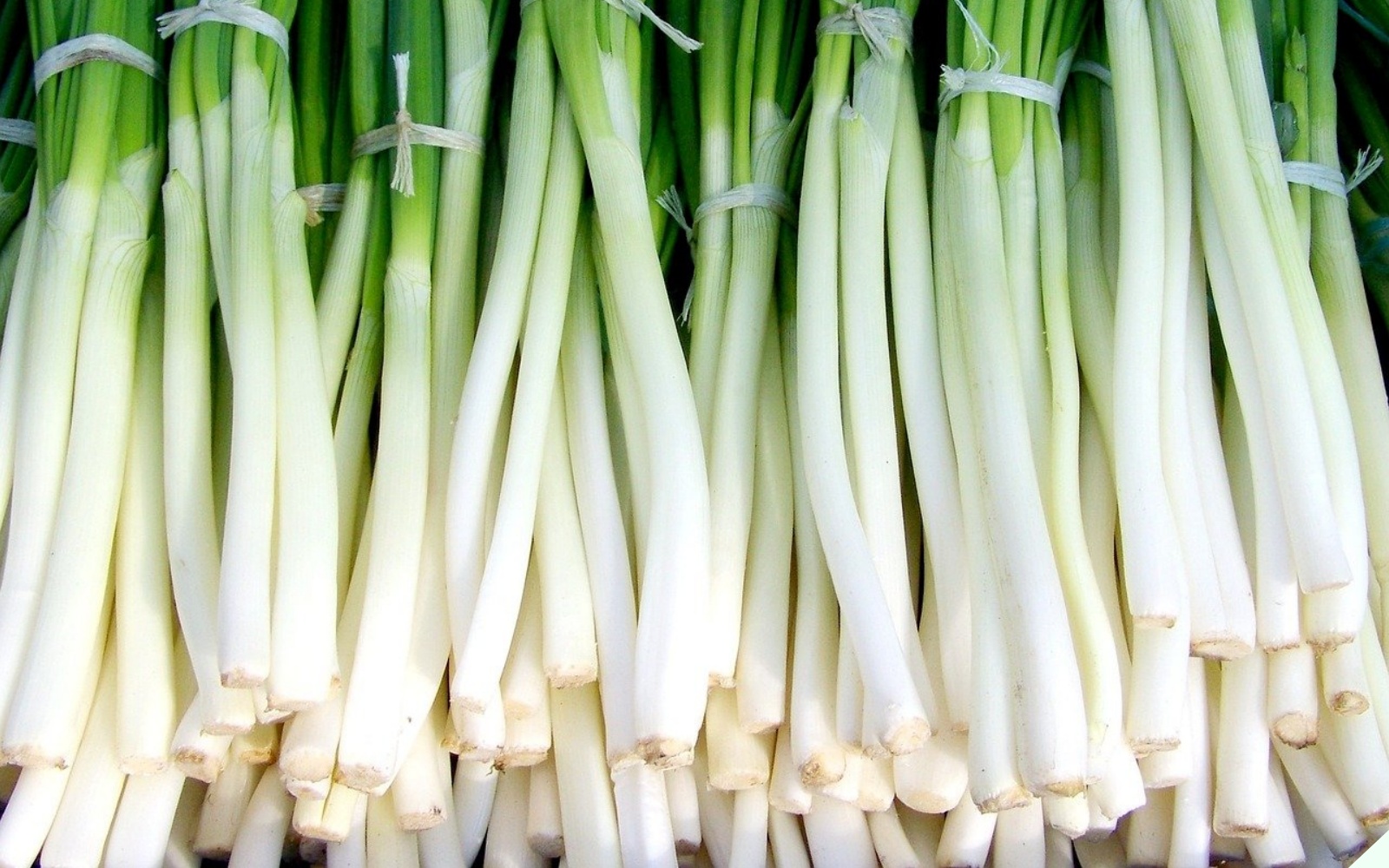
The price of scallions can vary depending on the season. To save money and avoid buying scallions repeatedly, seasoned chefs share some simple storage methods to keep them fresh for up to six months.
How to Store Scallions
1. Cardboard Box Storage
– Let the scallions sit for half a day to dry.
– Prepare a clean cardboard box.
– Place the dried scallions in the box, ensuring the root end is facing downward.
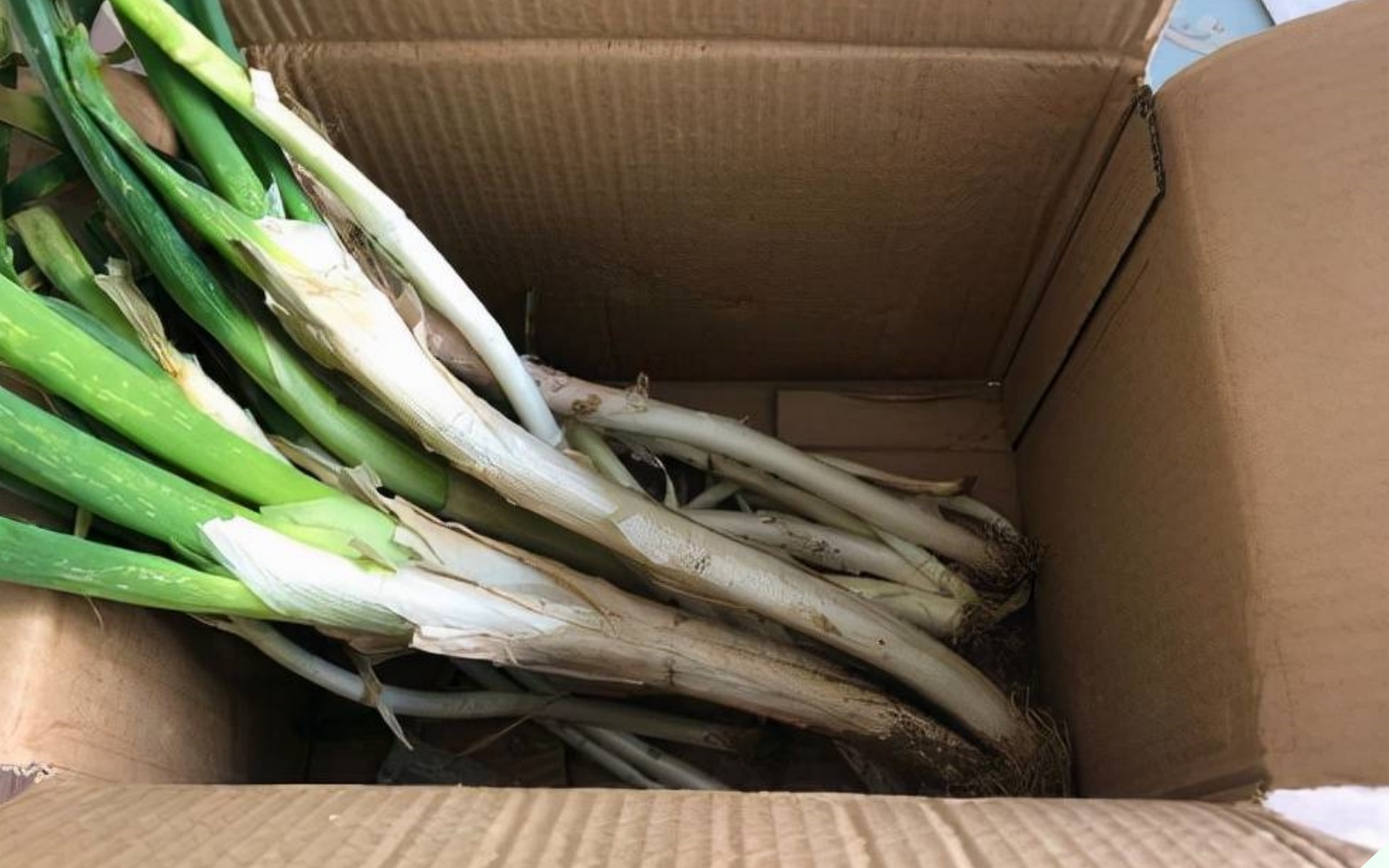
– Close the box and place it on a chair or somewhere off the ground.
Scallions stored this way can stay fresh for up to three months. When using them, simply cut off the roots and any wilted leaves. It’s best not to handle the scallions too much to prevent bruising.
2. Burying in Soil
You can bury scallions in soil in an area without direct sunlight. Here’s how:
– Prepare a large pot or container with clean soil.
– Keep the scallions intact, including the yellow leaves and roots.
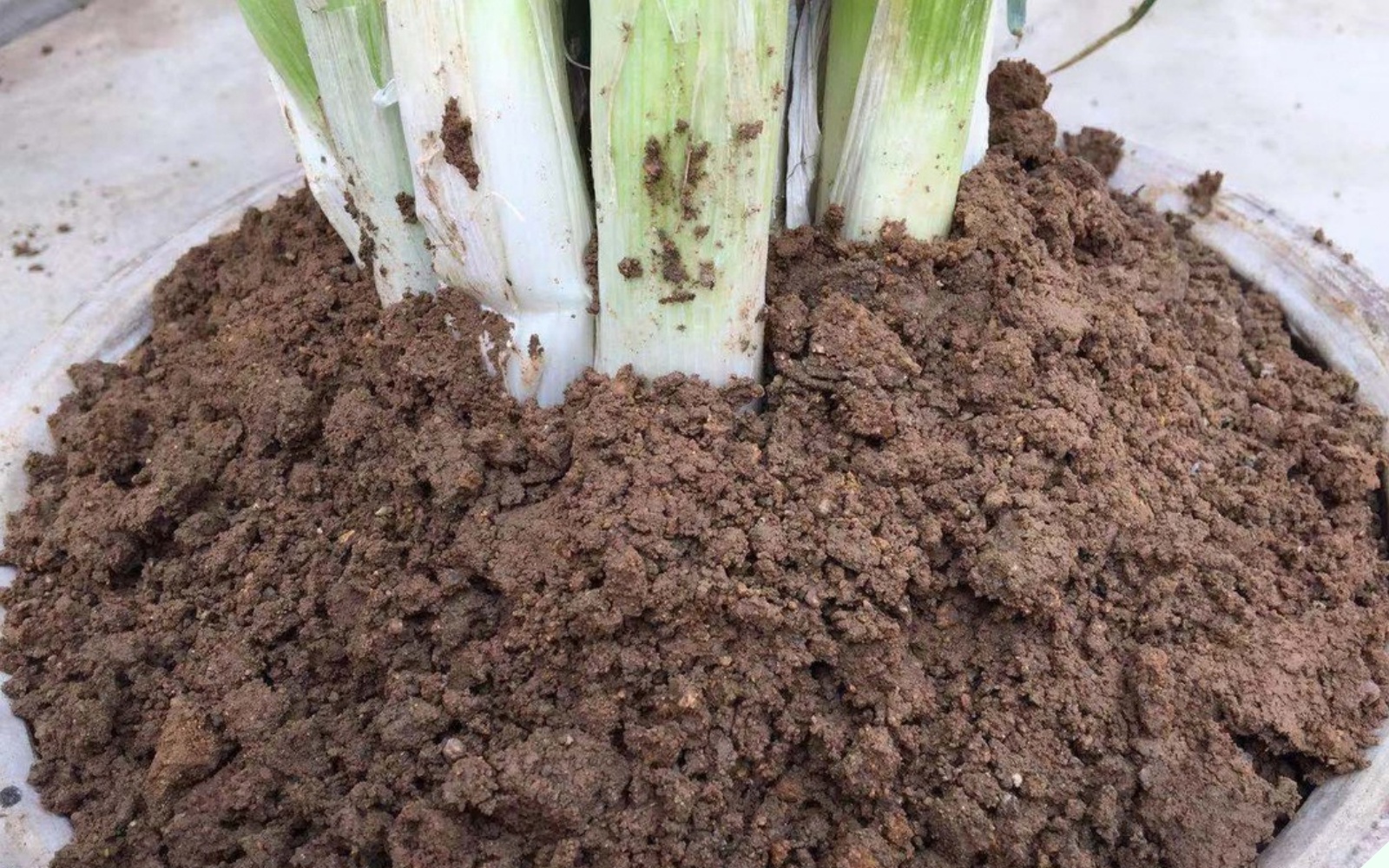
– Place the scallions in the pot and gradually add soil.
– Keep the pot in a shaded area.
This method is similar to regrowing scallions, and they can stay fresh for up to a year.
3. Freezer Storage
Many people prefer to store scallions in the freezer for convenience.
– Cut off the roots and any yellow leaves, then wash and dry the scallions.
– Cut the scallions into 3-centimeter segments or chop them finely, as desired.
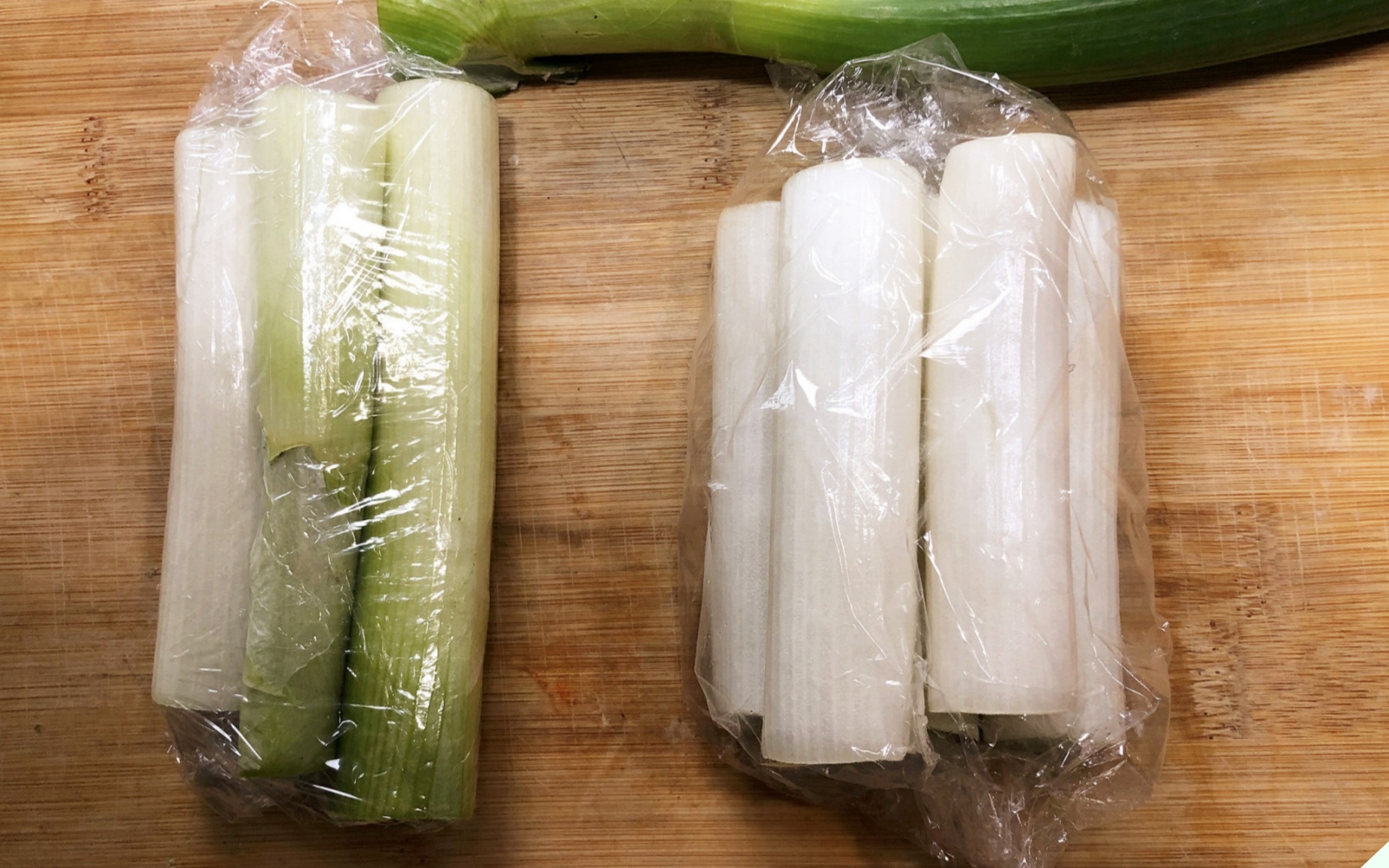
– Place the scallions in a plastic bag, seal it tightly, and store it in the freezer.
If you don’t have a plastic bag, line a container with a layer of paper towels, then add a layer of scallions. Repeat the layers, ending with a paper towel on top, before sealing the container and placing it in the freezer.
If you chop the scallions, simply place them in a sealed container and freeze.
Compared to the previous methods, freezer storage has a shorter shelf life, and the scallions may start to deteriorate after about two weeks.
4. Room Temperature Storage
For scallions with intact roots and soil, wrap them in newspaper and store them upright in a cool, ventilated area.
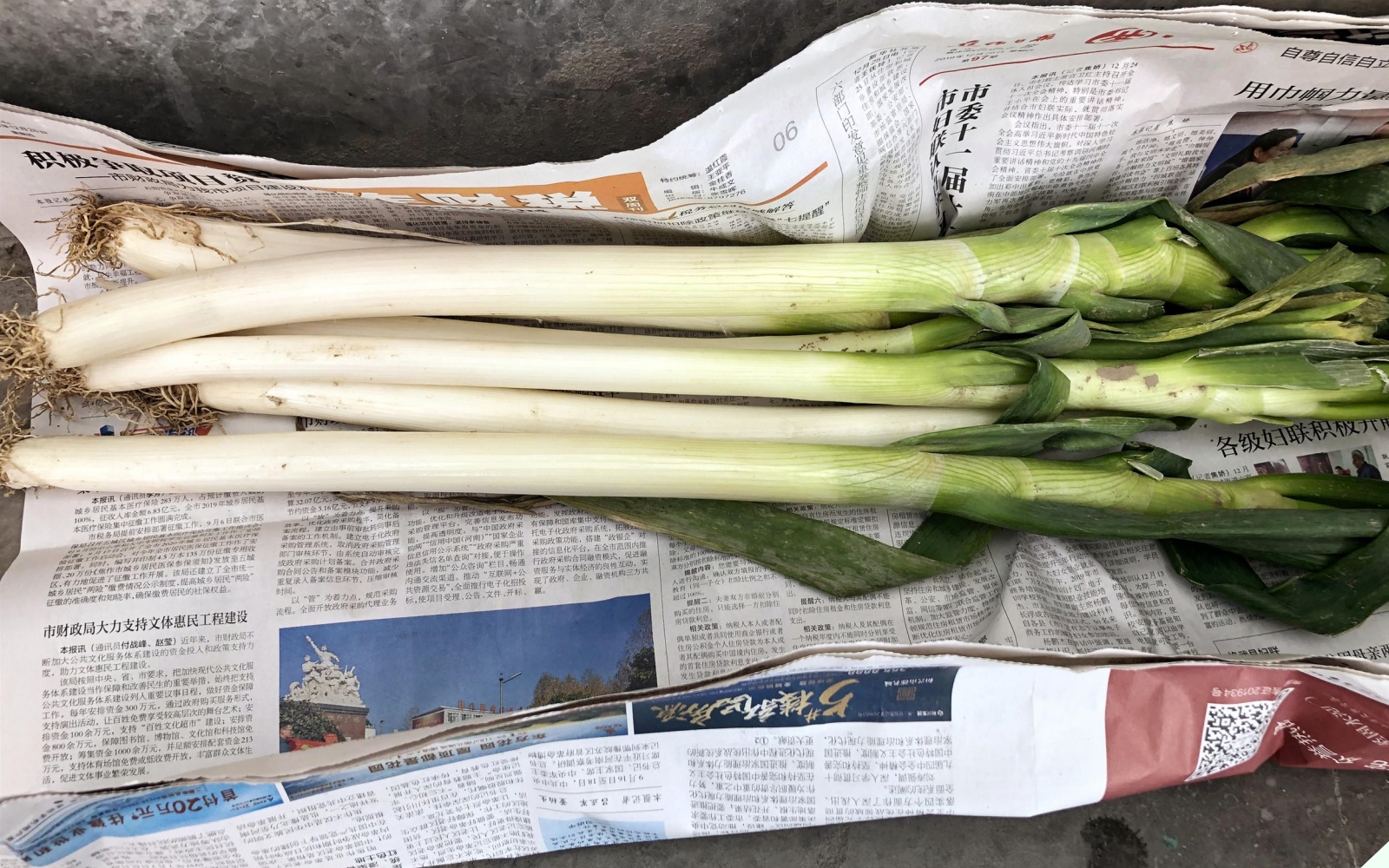
This method can keep scallions fresh for about one to two weeks, and sometimes up to a month.
5. Water Storage
Another option is to store scallions by soaking them in water.
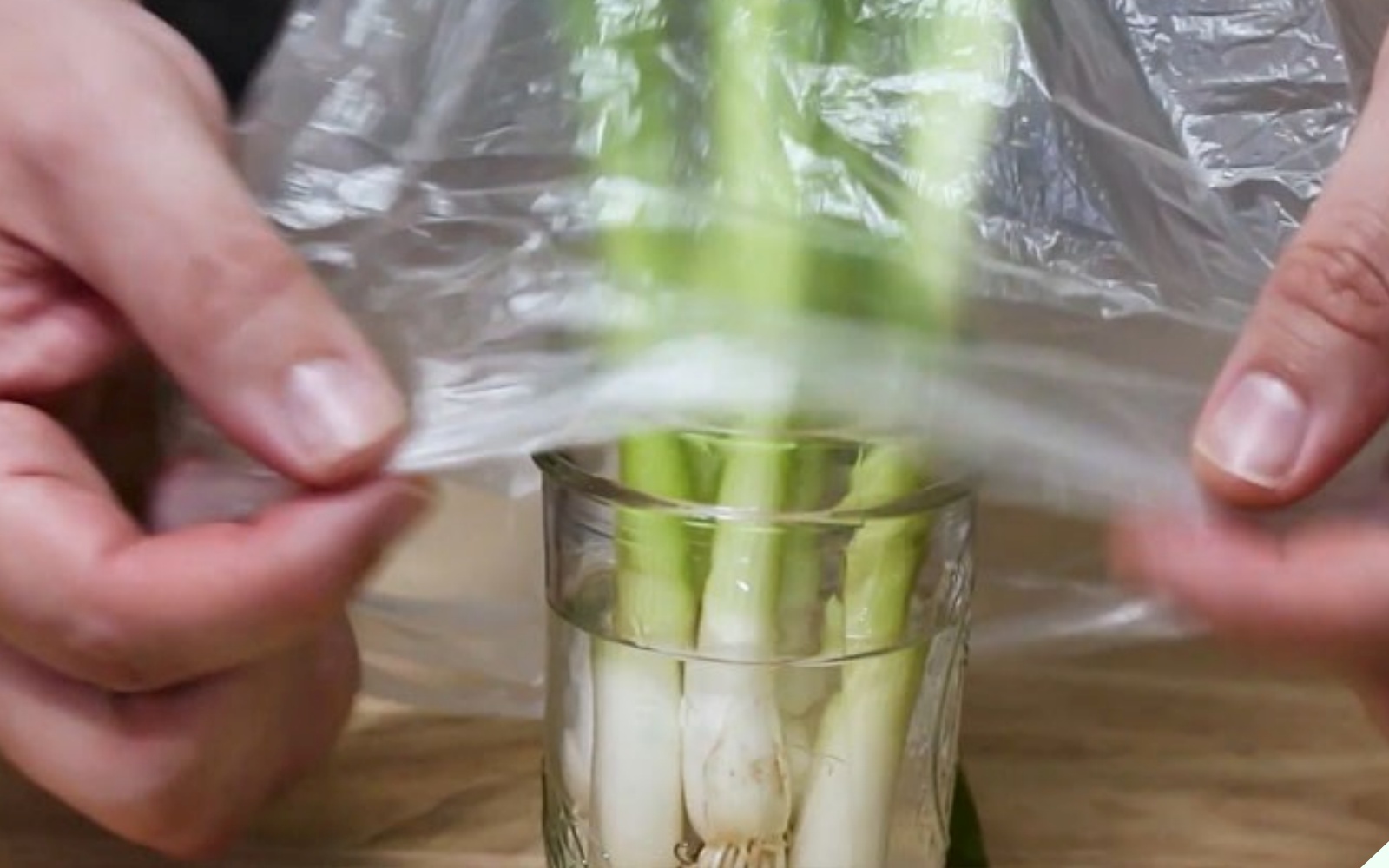
– Wash the scallions to remove any dirt.
– Fill a wide-mouthed jar or tall glass with water.
– Place the scallions in the water, one by one.
– Cover the jar or glass with a plastic bag and store it in a cool, ventilated area.
Scallions stored this way can stay fresh for up to three weeks.
If you have an abundance of scallions, you can also make scallion kimchi, a delicious side dish.
How to Make Scallion Kimchi
Ingredients
– Scallions: 450g
– Fish sauce: 75ml
– Sweet rice flour: 2 tablespoons
– Chili powder: 6 tablespoons
– Sugar: 2 tablespoons
– Garlic, minced
– Soy sauce
– Sesame seeds, toasted: 2 teaspoons
Steps to Make Scallion Kimchi
Step 1: Prepare the Scallions
– Cut off the roots and any yellow or wilted outer leaves.
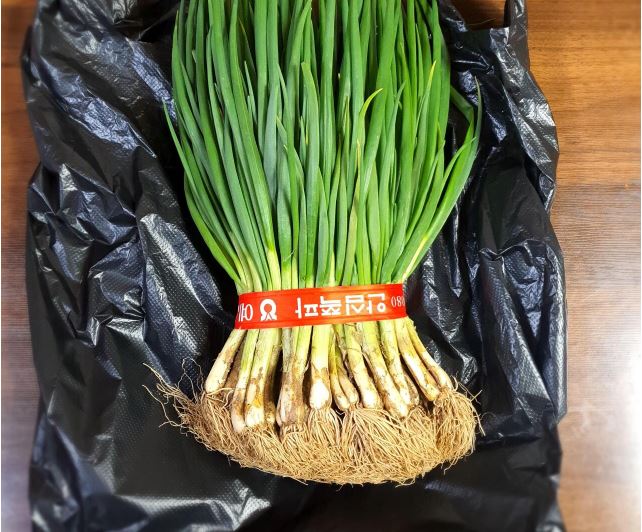
– Wash the scallions thoroughly and let them dry.
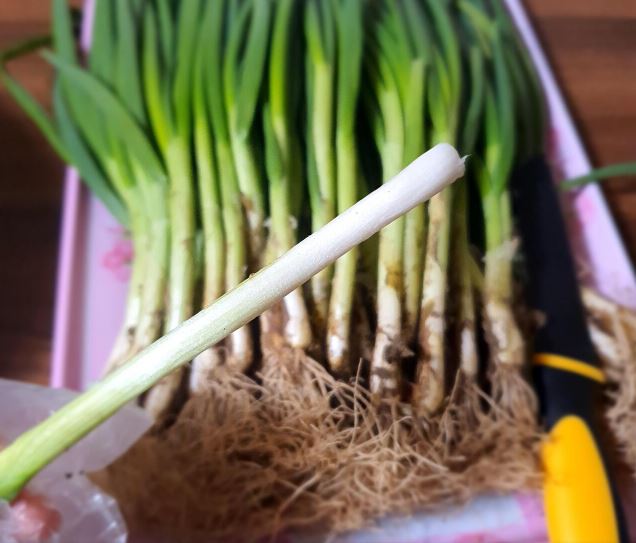
– Soak the scallions in water for 5 minutes to reduce their pungency.
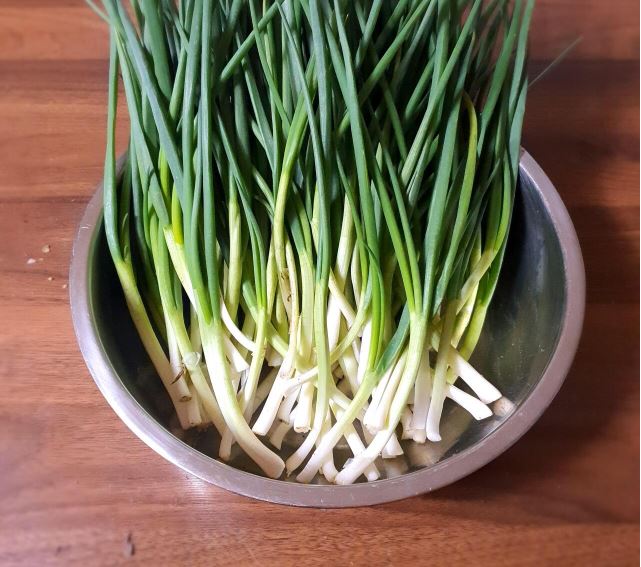
– Drain the scallions and let them dry.
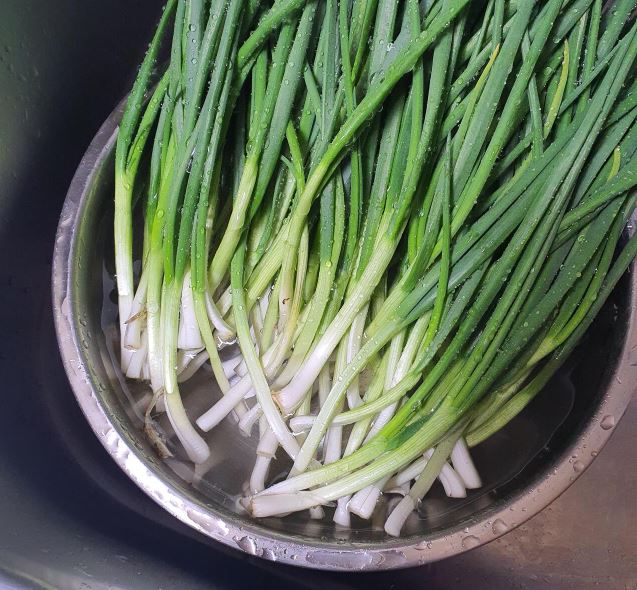
Step 2: Make the Kimchi Paste
– In a pot, mix sweet rice flour and water in a 1:1.5 ratio and stir well.
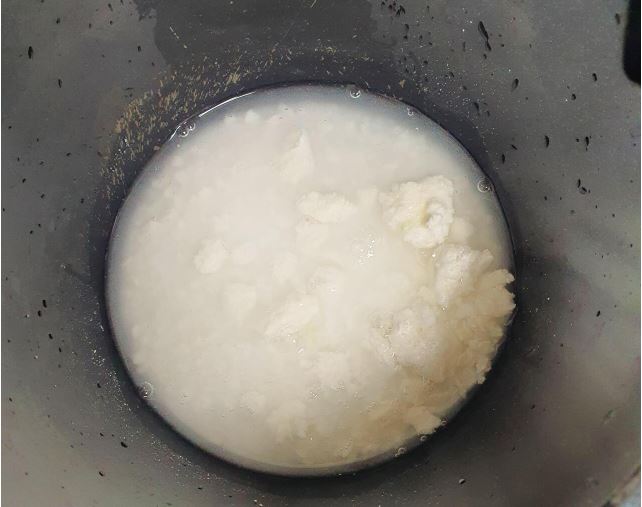
– Cook the mixture over medium heat until it thickens.
– Once it boils, turn off the heat and let it cool.
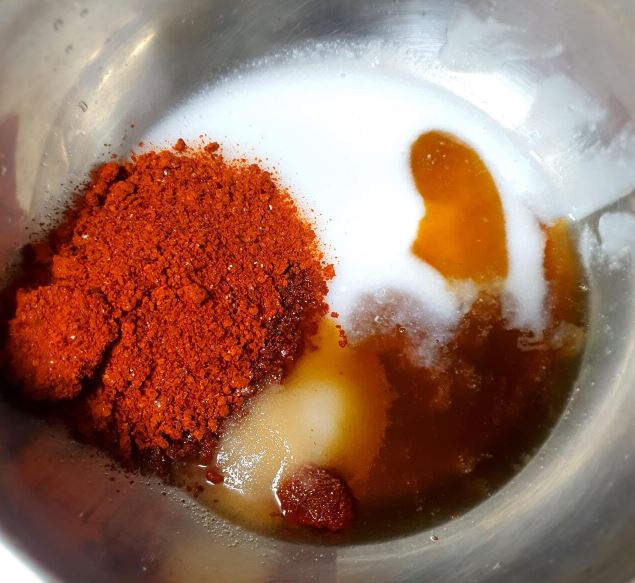
– Add chili powder, sugar, fish sauce, soy sauce, and minced garlic in a 1:2:1:1:1 ratio.
– Sprinkle in the toasted sesame seeds and mix well.
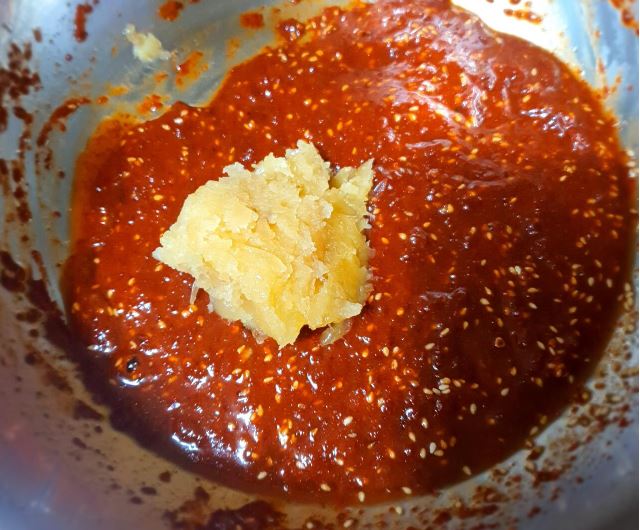
Step 3: Ferment the Kimchi
– Spread a layer of the paste at the bottom of a container.
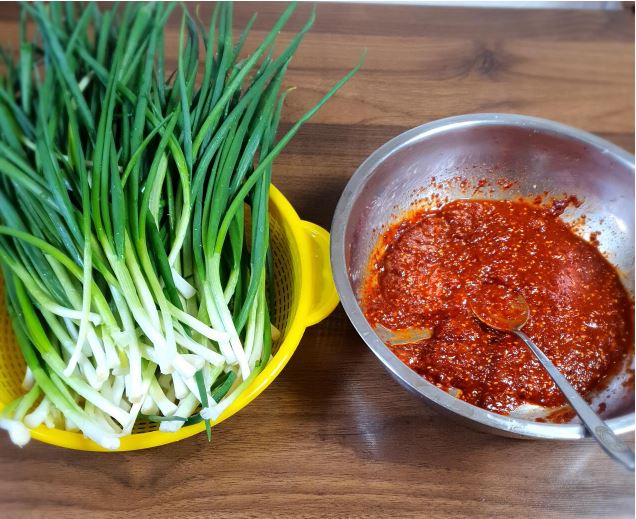
– Place a layer of scallions on top, then add another layer of paste, followed by another layer of scallions.
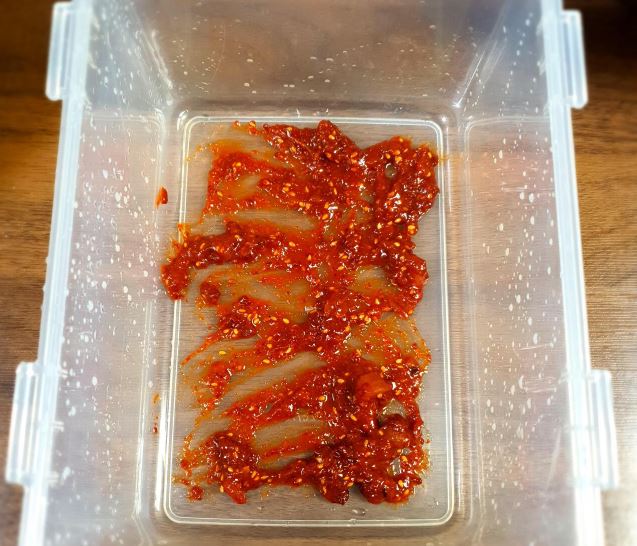
Repeat this process until you’ve used all the scallions and paste.
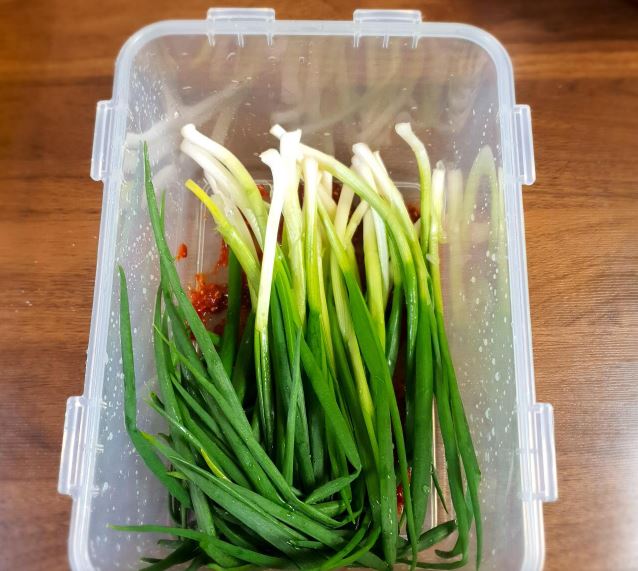
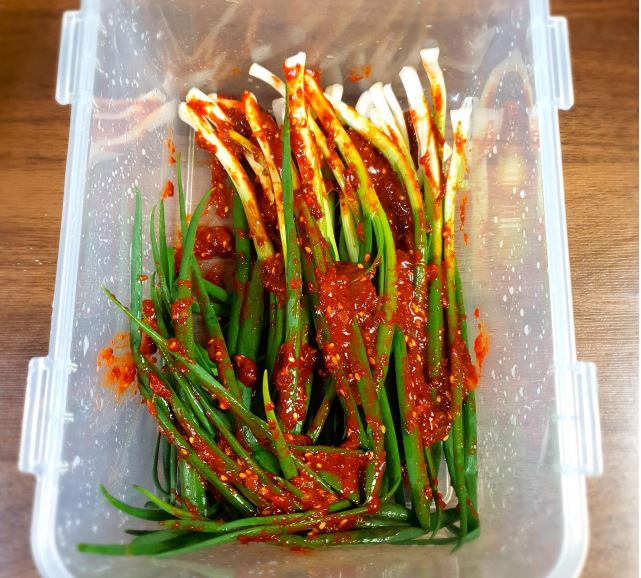
Step 4: Finish and Serve
Seal the container tightly and let it sit at room temperature for two days before serving. However, for the best flavor and to reduce the pungency, it’s recommended to wait three to four days.
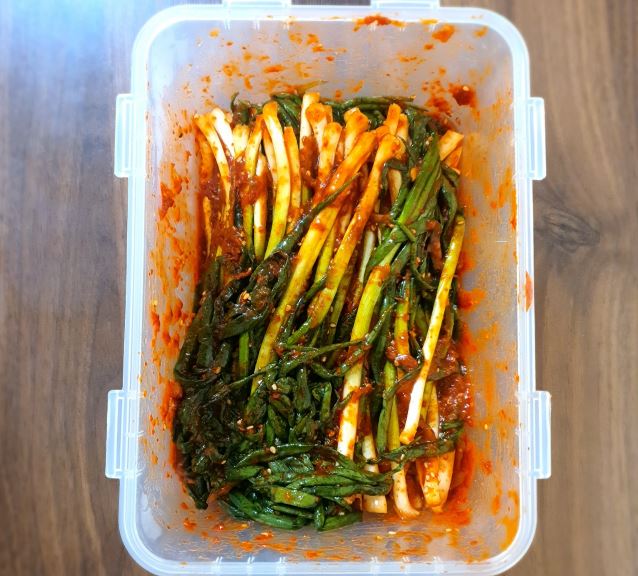
Scallion kimchi has a distinctive aroma, a slight pungency, and a spicy kick. It’s crunchy, sour, and spicy, making it a delightful side dish.
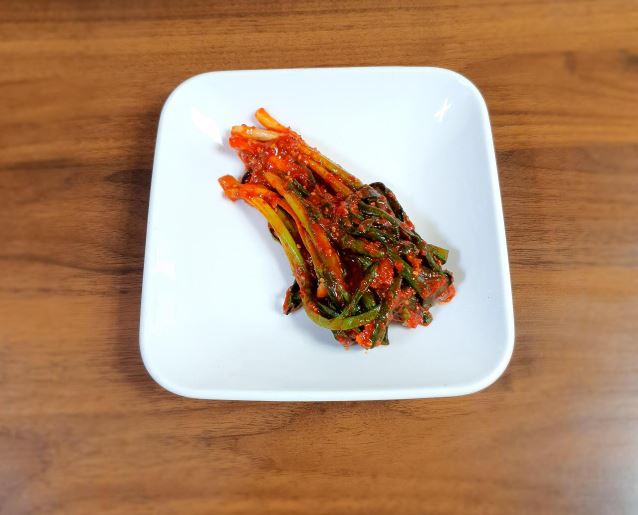
It pairs exceptionally well with boiled pork.
The Secret to Keeping Pork Fresh: Don’t Refrigerate, Try This Marinade Instead
For years, there has been a common misconception that freezing pork directly will result in tough and dry meat. However, a seasoned chef has revealed a secret technique that guarantees fresh and tender pork every time. Unveil the mystery behind this age-old trick and discover the key to unlocking the true potential of your pork dishes.
The Secret to Keeping Tofu Fresh: A Simple Soak Makes it Last
Tofu, a versatile and nutritious staple, can be surprisingly stored for up to three months without spoilage. This extended shelf life is a game-changer for those who love this soy-based food. Whether you’re a home cook or a culinary enthusiast, discovering this hidden longevity of tofu opens up a world of convenient and healthy meal options. Imagine the possibilities and the endless delicious creations that await with this newfound knowledge!




























